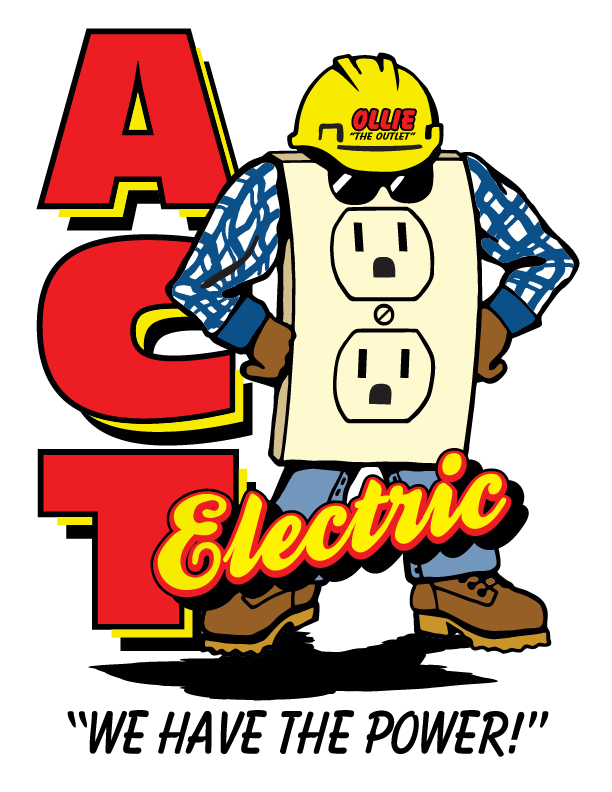Common Ceiling Fan Problems
If the fan makes a drumming or hammering sound, most likely, the bearing needs lubrication.
Ceiling fans are staples of the American home and for good reasons. They are inexpensive, less energy-consuming than air conditioners, and are available in different styles and colors to match any décor.
Some fans are warmingly cool, circulating warm air in winter.
However, just like any other electric equipment, they can malfunction, too. Fortunately, in most cases, an electrician can resolve the encountered problems easily. Replacing the fan is best when they cannot fix the problem.
This blog highlights a few of the most common ceiling fan problems, explains why they occur, and is designed to help readers understand what problem they may encounter and facilitate conversations with their local electrician.
Wobbly fan
A wobbly ceiling fan rocks from side to side as it rotates and often looks like it may fall to the floor at any moment. Ceiling fans wobble for several reasons, including:
Poor quality: Unfortunately, “cheap” doesn’t always mean good quality, which is valid for ceiling fans. A more expensive fan will be manufactured to higher standards and will be less prone to wobbling. A poor-quality fan should be replaced.
Unbalanced: One that is unbalanced can be balanced. Savvy homeowners can tackle this task themselves, but most need an electrician’s assistance.
Installed incorrectly: An incorrectly installed ceiling fan can usually be reinstalled to resolve the wobbling problem. If it has been installed incorrectly, the problem can be fixed quickly. Most often, the issue is with the placement of screws.
Damaged blade: In case of damaged fan blades, the manufacturer may offer replacement blades. If they don’t, replacing the fan is the best course.
Noisy fan
If the fan makes a drumming or hammering sound, most likely, the bearing needs lubrication. Oiling the bearings should fix the noise. If the problem persists, the bearings will have to be replaced.
Slow-moving fan
The fan may have a burned-out capacitor if it is set to the highest speed yet still moves slowly. Replacing the capacitor should fix the problem.
Fan rotates in the opposite direction
Traditionally, ceiling fans were designed to rotate in a counter-clockwise direction as they push the air downwards. However, today, fans are designed to operate in both directions. A fan that rotates in a clockwise direction pulls the air upwards and is meant for operations in winter. It pulls the cold air upwards while pushing the warm air downwards to circulate the warmer air in the room.
If the ceiling fan rotates opposite the one it is supposed to rotate in, the problem is definitely with the winding of its motor. An electrician should be able to fix it.
ACT Electric is a full-service residential and commercial electrical contractor company specializing in electrical installation, repairs, and upgrades, electrical troubleshooting, electrical remodeling, electrical home inspection, and electrical retrofitting. We always prioritize customer comfort and safety. Give us a call at (480) 986-1722 today!

